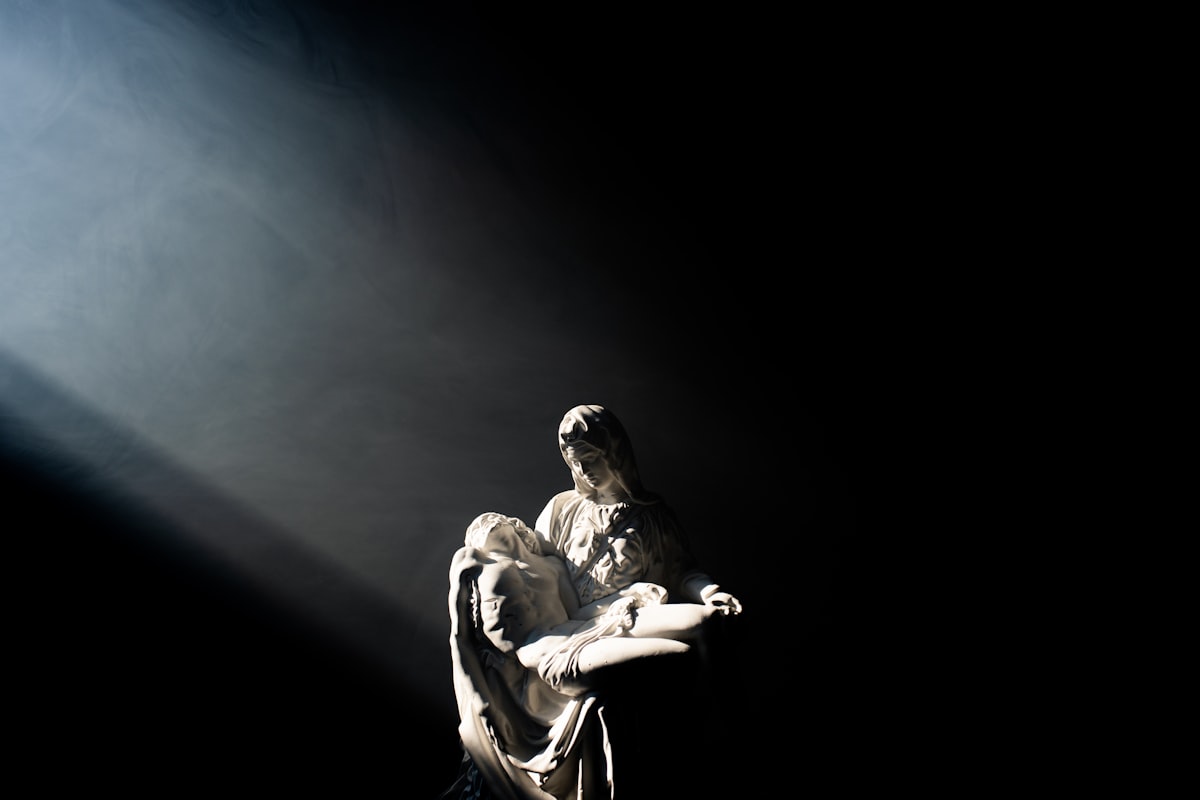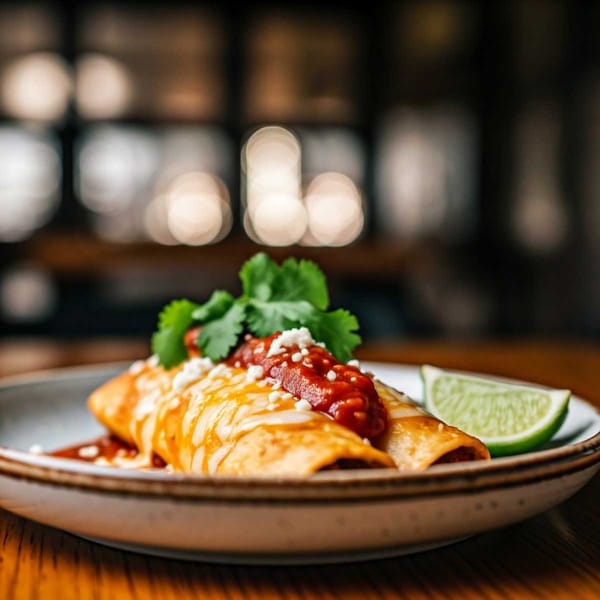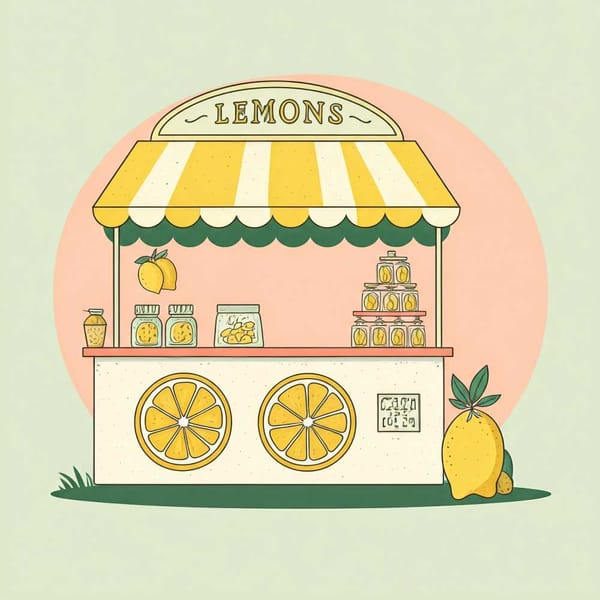Holy Week marked by pre-Hispanic features
Holy Week in Mexico, the holiday inherited by the Spaniards has a deep religious syncretism.

Although Holy Week in Mexico is a Spanish heritage, dating from the time of the conquest, the religious celebration integrates antecedents and pre-Hispanic cultural features that make it a festival of profound religious syncretism.
When the Spanish evangelizers arrived in Mexico, they began their proselytizing campaign in favor of the Christian religion and at the same time tried to overthrow any indication of the religions of the original peoples.
"On many occasions, this fact gave rise to religious syncretism, as in the case of the Virgin of Guadalupe and the Mexican goddess Tonantzin," said researcher Sonia Iglesias y Cabrera.
In the celebration of Holy Week in Mexico, which started with Palm Sunday, you can find many pre-Hispanic cultural features included in the festival. This finding occurs especially in the Mexican states where the festivities are celebrated on Fridays of Lent.
The author of the book "Holy Week in Mexico with Death on the Cross" (2002) points as an example to the Zapotec of Oaxaca, the Mayans of Sonora, and the Tlapanecos of Guerrero, among other groups that have the religious organization, the food, dances and the use of instruments of pre-Hispanic origin. Many general elements of the Holy Week festivities of our days were already present in ancient Mexico.
Among them are dances, music, processions, personifications of gods, sacred images, sacrifices, the establishment of ceremonial fire, the blessing of seeds, use of purifying water, ritual food, fasting, and ritual drink that were syncretized with their cultural traits. of the Catholic religion.
In Mexico, the most important traditional festivals are grouped into three categories: those that comprise the cycles of the Nativity of Christ and his Passion and Death; the Day of the Dead festival, the Corpus Christi Day, the Holy Cross Day, and the Blessing of the Little Animals.
In the second category are the festivities and pilgrimages that take place in the relevant sanctuaries of the country such as Los Remedios and Chalma, in the State of Mexico; Talpa and Zapopan, in Jalisco, and the Basilica of Guadalupe, in Mexico City.
While in the third category are the festivities dedicated to the patron saints of the cities, towns, and neighborhoods of the country.
The first patronal feast that took place in New Spain was "El Paseo del Pendón" to commemorate the conquest, an act that considered that it responds to causes frankly disastrous for the original cultures of Mexico. But this does not mean that the festival ceases to be important, as it constitutes the historical and testimonial antecedent of traditional festivals, fundamental in Mexican popular culture. From the "Paseo del Pendón" (the banner worn by Hernán Cortés during the battle in Tenochtitlan), few memories are left.
Some testimonies found in research indicate that the party was celebrated in the Church of San Hipólito, in the Historic Center of Mexico City, and was made to commemorate the day of the Hispanic victory over the Mexica on August 13, 1521, a celebration that would mark later traditional festivals.
Regarding the role played by the theatrical performances that the Spaniards used to introduce the Catholic religion to the indigenous, Iglesias and Cabrera point out that on Good Friday in many municipalities of the country the Passion of Christ is represented and this is part of the expressions of popular theater religious.
The origin of these representations goes back to the times when 12 evangelical Franciscan friars, who arrived with the Spanish conquerors, took on the task of implanting medieval religious theater. This was part of their ideological instruments and to destroy the religion of the Indians.
The clergymen organized the representation of "pasos" (steps), a short-term theatrical form of three or four characters that was staged on the day of the Santo Entierro, and accompanied by music and dance. One of the first "steps" staged in Mexican lands was called "The Auto of the Passion of Cuernavaca", presented between the years of 1525 and 1540.
While at the end of the sixteenth century, Fray Francisco de Gamboa represented the Fridays of Lent in the Chapel of San José de los Naturales of the Mexican capital, the "Pasos de la Pasión".
Currently, representations of the Passion of Christ are staged in virtually all states of Mexico, among which, for their number and beauty, those of Campeche, Chiapas, State of Mexico, Federal District, Guerrero, Hidalgo, Michoacán, Morelos, Puebla, Querétaro, and San Luis Potosí stand out.
Holy Week in Mexico: tradition and faith
Holy Week in Mexico is one of the best known religious celebrations and is that in our country there are different ways to celebrate it, from the traditional procession in Iztapalapa to the Tewerichic in Chihuahua. Take advantage of these days and live Holy Week differently.
Forbidden towards the end of the 18th century because it is considered a heretical feast, Holy Week or Week of the Month is the commemoration of the Passion, Death, and Resurrection of Jesus Christ.
This time is the most important for the Catholic community and begins with Palm Sunday, continues with the days of Holy Thursday and Good Friday, as well as the Sabbath of Glory, and concludes on Resurrection Sunday.
However, the representation of the "Passion of Christ" is not the only way to commemorate this Catholic event. As an example, we have the Tewerichic, a celebration in which the Rarámuri face, together with God, evil, and the devil.
For those who are little aware, Palm Sunday evokes the triumphal entry of Jesus into Jerusalem, where he was received with songs and palms, which is why the tradition of using bouquets to celebrate arises.
On Holy Thursday remember the Last Supper of Jesus with his apostles; During Good Friday there are representations in many parts of Mexico of the Via Crucis (or path to the cross) since Jesus Christ is condemned to death until the moment he is crucified and buried in the tomb.
During the Sabbath of Glory, the day between the death and resurrection of Christ, solemnity, and respect are sought. Finally, on Easter Sunday, the maximum event for Christians is celebrated: the Resurrection.
In general terms, in many parts of the country the drama of the Passion and Death of Christ is staged, following a general script whose characters include Jesus - alive or in image -, Roman centurions, Jews, and Pharisees, and the twelve apostles represented by children or young people
However, in some towns, Pilate, Mary Magdalene, the Virgin Mary, and other secondary characters are also often added.
In several colonial cities such as Taxco, Guerrero; Querétaro; San Luis Potosí, and San Cristóbal de las Casas, in Chiapas, the celebrations are very solemn, as in the Procession of Silence, or where the penitents submit themselves (even in our times) to rude burdens, as a symbol of their self-sacrifice
Perhaps the most popular representation is the one made in Iztapalapa, east of Mexico City, but in many parts of the Mexican Republic -like in Tepeji, Hidalgo- it is possible to live this magical experience of tradition, fully religious. Go to the different religious destinations of Mexico and enjoy the faith and culture of our people.




